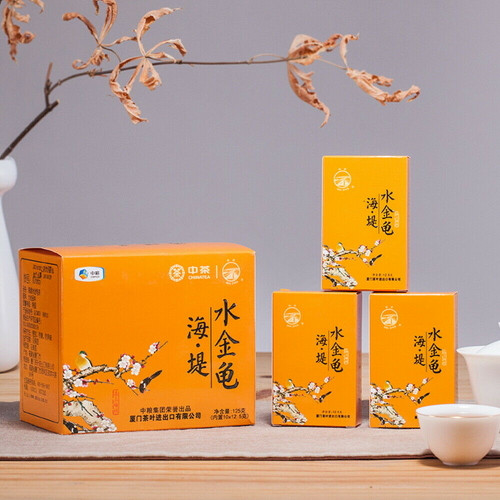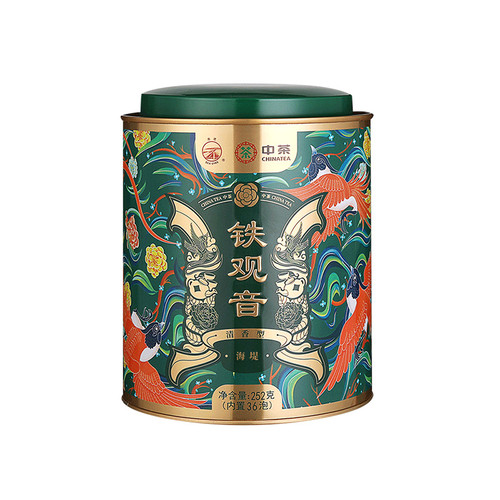Product Overview
Type: Oolong
Packaging: Box
Origin: China
Description: Fo Shou literally translates to "Buddha's Hand". The name is earned from the appearance of its tea leaves, which resemble the leaves of a Buddha's hand fruit tree. It was first introduced in the Chinese Northern Song Dynasty (960-1127 AD) by a Zen Master, who brought the tea plant from An Xi to Yong Chun county of Fujian province. Yongchun is a county in Fujian province of China. Yongchun is located in Quanzhou, the western part of Yongchun is bordered to the south by Anxi county, a key region in oolong tea production. Fo Shou is now one of Yong Chun's famous tea and is exported to many Asian countries, particularly Japan and South East Asia.
The name is earned from the appearance of its tea leaves, which resemble the leaves of a Buddha’s hand fruit tree. The large leaves have distinct veins, like palm lines of one’s hand. This style is sometimes called bergamot oolong, referencing a slight resemblance of its aroma to bergamot, although it is not scented with bergamot oil like Earl Grey tea. The origin of Fo Shou tea cultivar is a mystery. Many people say it was obtained by engrafting tea tree with Fo Shou (bergamot) tree. The engrafting theory of Fo Shou oolong has never been proved. But the characteristics of this tea do remind a drinker of fragrance of Fo Shou fruits.
The tea has a smooth mouth-feel and delicate fruity aroma. The aftertaste is deliberate, takes a while to build up but will leave your breath having the aroma of sweet fruity and flowery note. Hint of sweet citrus. Full and creamy, lingering and clean.
Brewing Guide: 195F, Boiling first then let water sit for 30 seconds; Use: 1 tablespoon per 8 ounces of water; Infusion time: 4-5 minutes. Serve immediately or remove leaves to prevent spoiling.















